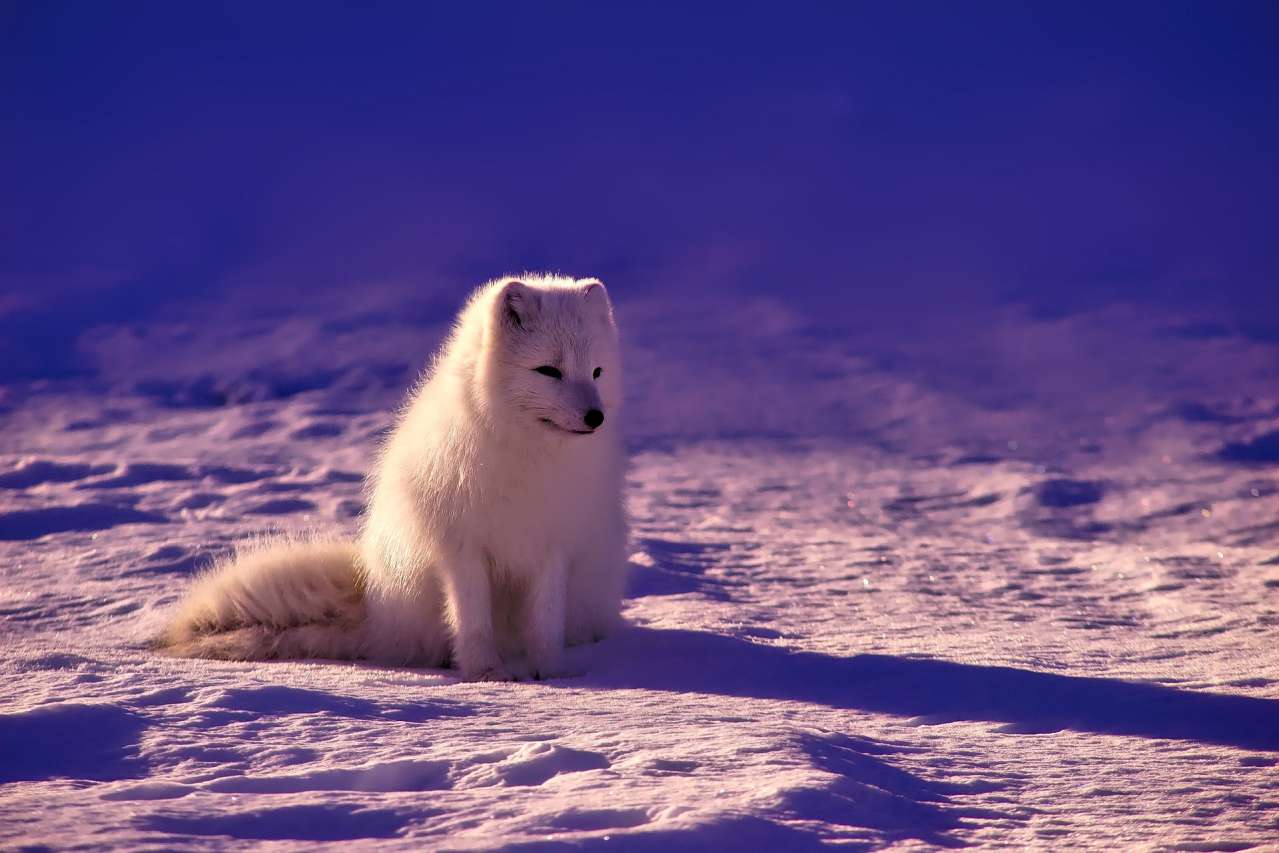Interesting Facts: How Animals Adapt to Cold
Coat and Size Coarse-haired and long-haired animals with a thick undercoat are less susceptible to cold weather. By winter, they build up a thick undercoat that helps them keep warm, and in the spring they get rid of all the “extra”.
How do animals adapt to the cold
Animals adapted to the harsh conditions of winter in different ways: Many acquired thick warm fur. For example, Arctic fox and lemming. Others, like musk oxen, in addition to wool, "store" fat for the winter, because it serves as a good thermal insulation.
The study, published Aug. 17 in the journal Cell Reports, focuses on mice with varying hibernation-like characteristics and shows those that are best able to tolerate low temperatures have stem cells that generate energy differently than others.
What do animals do when winter comes
Those animals that remain to winter prepare for winter: store food, molt - change color, hibernate.
How do plants adapt to life in the cold
The first is the shedding of leaves during the cold season to shorten the paths that water normally takes from roots to leaves.

The second is the transformation of leaves into thinner needles in conifers in order to minimize the risk of air bubbles forming in the leaves in the cold.



